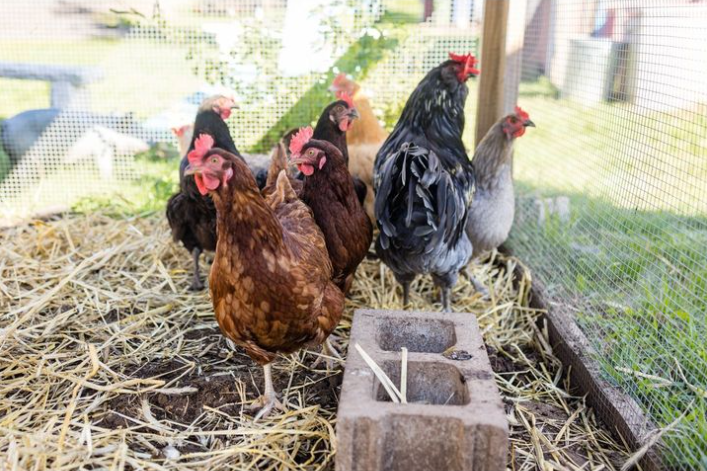'Tis the season for parties and table treats. Right around the corner is the season of regretting all the over-indulgence. You want to show off your cooking skills and not add to the calorie guilt. All the cooking shows you have been binging praise the "farm fresh egg" as the key to top-notch dishes - it turns out they are also nutrient-dense and low in calories!
If you keep chickens or buy eggs direct from a farmer you are working with fresh eggs. Many folks shy away from making deviled eggs, which are a party favorite because hard boiling eggs have frustrated many chefs.
Blame the membrane - it's egg-citing science!
Farm-fresh eggs have multiple membranes. In a fresh-laid egg the pH of the egg white is low and causes it to stick to the egg shell membrane tightly. As an egg ages those membranes break down - and thus their shells come off easily. Who knows how long you have to wait to have the membrane break down. Dozens of methods are out there - some account for the science, and some are for potato salad eggs (bumpy surfaces that get chopped up and are not for presentation).
Start with an easy method that works for fresh eggs!
- Start with clean eggs at room temperature.
- Use a pot large enough to hold the eggs in a single layer. Fill pot with enough water to cover a single layer of eggs by at least an inch. If you have too much, you can always pour it off.
- If using a small pot – add two teaspoons of baking soda. If using a large pot, add one tablespoon of baking soda.
- Bring water to full boil.
- Carefully add each egg (I use a soup ladle or spaghetti spoon) to the boiling water. If you see an egg split open – remove it and discard it.
- Bring the eggs back to a full boil.
- Take the pot off the heat and cover with a pot lid. Let sit for 10 minutes.
- Transfer eggs to a cold water bath (again, that soup ladle or spaghetti spoon is helpful). Let sit for 5 minutes.
- In small batches – transfer eggs to a plastic container with a lid. Shake container 40 times.
- Starting on the large end of egg – pull off the shell looking for that tough membrane. Tear that membrane and peel under that membrane.
- Rinse off egg to ensure all shell is removed.
- Store in a closed container in the fridge until ready to use.


